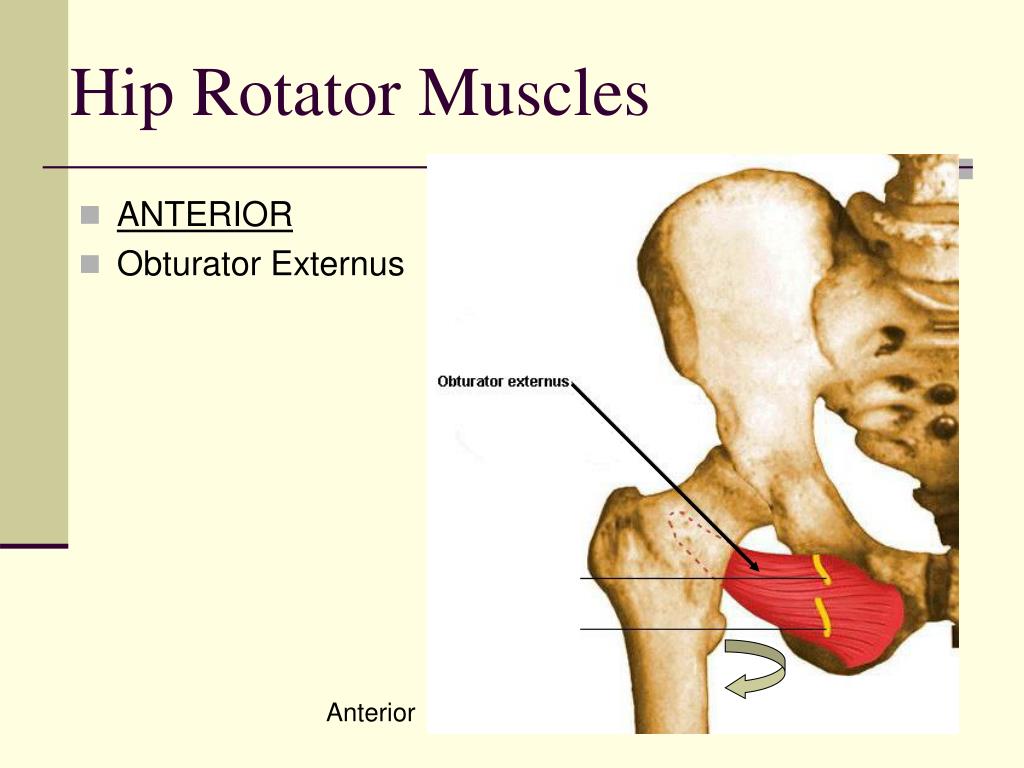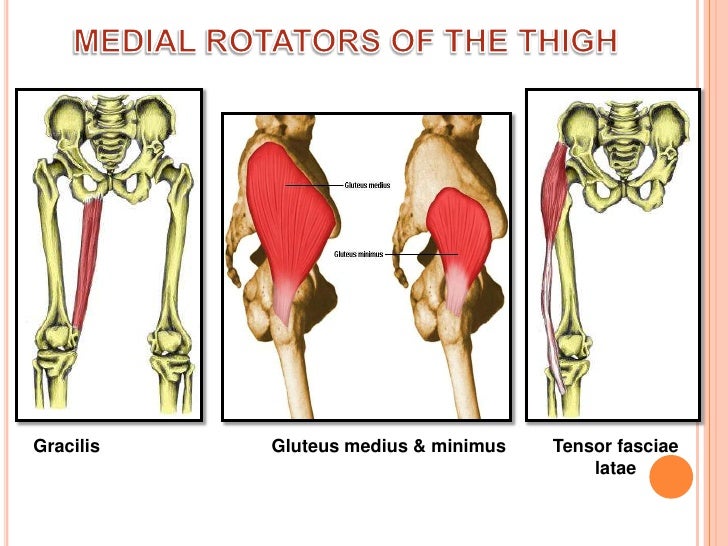
The internal hip rotator muscles are a group of muscles located in the hip joint that are responsible for rotating the hip internally. They play a crucial role in walking, running, and other activities that involve lower body movement. These muscles are often overlooked and neglected in training programs, which can lead to imbalances and injuries.
Anatomy of Internal Hip Rotator Muscles

The internal hip rotator muscles include the gluteus medius, gluteus minimus, tensor fasciae latae, piriformis, obturator internus, obturator externus, gemellus superior, and gemellus inferior. These muscles are located deep in the hip joint, and their primary function is to rotate the thigh bone inward.
The gluteus medius and gluteus minimus are located on the side of the hip and are responsible for stabilizing the pelvis during walking and running. The tensor fasciae latae is a small muscle located on the front of the hip and is responsible for flexing the hip and rotating it inward. The piriformis is a small muscle located deep in the buttock and is responsible for rotating the hip outward.
The obturator internus, obturator externus, gemellus superior, and gemellus inferior are all located on the back of the hip and are responsible for rotating the thigh bone inward. These muscles work together to provide stability and support to the hip joint.
Functions of Internal Hip Rotator Muscles

The internal hip rotator muscles play a crucial role in lower body movement. They are responsible for rotating the thigh bone inward, which is essential for activities such as walking, running, and jumping. These muscles also help to stabilize the hip joint and prevent injuries.
In addition to their role in lower body movement, the internal hip rotator muscles also play a role in maintaining good posture. These muscles work together to keep the pelvis stable, which is essential for maintaining proper alignment of the spine.
Common Injuries and Imbalances

Due to their location deep in the hip joint, the internal hip rotator muscles are often overlooked and neglected in training programs. This can lead to imbalances and injuries, such as hip pain, lower back pain, and knee pain.
A common imbalance is weak gluteus medius muscles, which can lead to instability in the hip joint and cause compensations in other muscles. This can lead to a variety of injuries, such as iliotibial band syndrome, patellofemoral pain syndrome, and piriformis syndrome.
In addition to weak gluteus medius muscles, tight piriformis muscles can also cause problems. When the piriformis muscle is tight, it can compress the sciatic nerve, which can cause pain and discomfort in the lower back, buttock, and leg.
Exercises to Strengthen Internal Hip Rotator Muscles

Strengthening the internal hip rotator muscles is important for improving lower body strength, stability, and preventing injuries. Here are some exercises that can help:
- Clamshells
- Side-lying leg lifts
- Fire hydrants
- Bridges
- Single-leg deadlifts
These exercises target the gluteus medius, gluteus minimus, and other internal hip rotator muscles. They can be done with bodyweight or resistance bands and should be performed with proper form and technique.
Conclusion
The internal hip rotator muscles are a group of muscles located in the hip joint that are responsible for rotating the thigh bone inward. They play a crucial role in lower body movement, posture, and stability. Neglecting these muscles can lead to imbalances and injuries, so it's important to include exercises that target them in training programs. By strengthening these muscles, you can improve lower body strength, stability, and prevent injuries.